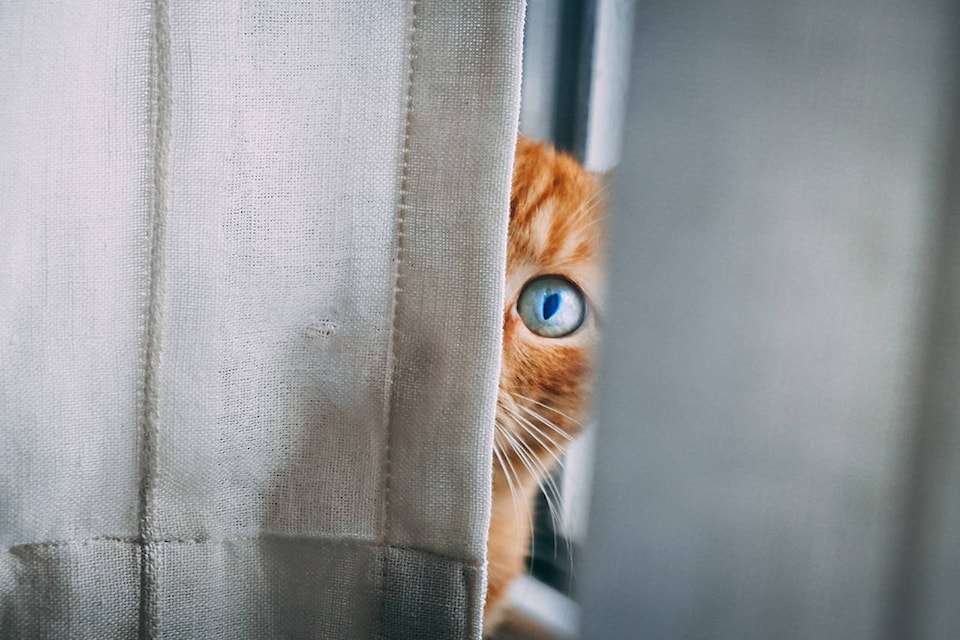By Nicolette Joosting
We all worried they would die, exposed to rabies during a routine pathology exam of a deer brought in to the veterinary school. We cheered our classmates through the post-exposure protocols, aware that it might happen to us one day. No-one can predict rabies exposure.
Our deeply ingrained fear of rabies is justified. It is one of the worst ways to die, horrifying and incredibly traumatizing for families and health care workers. Once the virus enters the nervous system, treatment is unlikely to be successful.
British Columbians are extremely fortunate that rabies is an uncommon disease affecting less than one per cent of bats in B.C.
This is certainly not the case in other Canadian provinces or the rest of the world, where rabies can be more prevalent in domestic and wild dogs, raccoons or other species.
Prevention by vaccination programs is the key to controlling this disease. Countries with systemic well-managed vaccination programs have all but eradicated this disease.
Bait-vaccines for wild dogs, implemented since 1993, have been so successful in managing this disease in wildlife populations that rabies — once a common cause of death in Europe — has become rare.
The WHO is aiming to eradicate this preventable disease by 2030. The major stumbling block is access to vaccines, both for humans and animals.
Pet owners in B.C., especially of indoor-only cats, may prefer not to vaccinate for rabies.
The logic goes like this: if the risk of a vaccine-related fibrosarcoma is one in 10,000, and the risk of the cat transmitting rabies to the rest of the family is greater than one in a million, why would we consider vaccinating for this disease? At first glance, it seems that risk of vaccination outweighs benefit.
SEE ALSO: Health Canada says rabid dog saliva remedy banned, after B.C. case
Rabies changes animal behavior. Normally fearful animals may approach humans and animals, with unpredictable aggression.
Bats in the daytime, allowing contact, is a typical example. This may be when the cat is outdoors and gets exposed. The cat owner may never know that exposure happened, even weeks or months later when the cat goes crazy, driven to transmit the virus by biting.
That’s a bit of scaremongering, since only five cats have tested positive for rabies in B.C. since 1969, and transmission to the three humans since 1983 has been from bats. Since moving to B.C., I have rarely considered rabies in any case, when previously it would be uppermost in my mind for any animal exhibiting unusual behavior, salivation or difficulty swallowing.
Rabies is so rare in B.C. that it is very hard to justify blanket vaccination protocols.
We are so lucky! BC is the exception to the rule.
My classmates came through their first rabies exposure ordeal, alive today because of ready access to vaccines. It has been many years since my last personal rabies vaccination, once such a regular occurrence in my life.
RELATED: B.C. man dies from rabies after contact with Vancouver Island bat
A young man died from rabies this month, highlighting that we do need to maintain rabies awareness and prevention in our province. Our hearts go out to his family, who can draw little comfort from how rare an event this may be in B.C.
In his memory, we still need to actively campaign and support initiatives that aim to provide awareness and rabies vaccination to humans, their pets and wildlife populations, both in Canada and world-wide.
Nicolette Joosting is a Harrison Hot Springs resident and veterinarian who has recently retired from her Vancouver Feline practice. She keeps herself busy through the Harrison Veterinary Service, her blog and by volunteering in the community.
news@ahobserver.com
Like us on Facebook and follow us on Twitter
